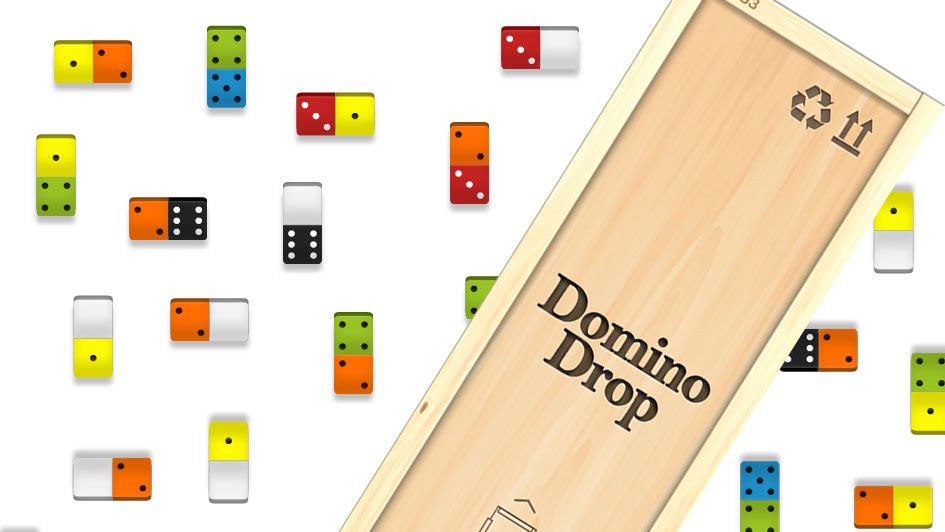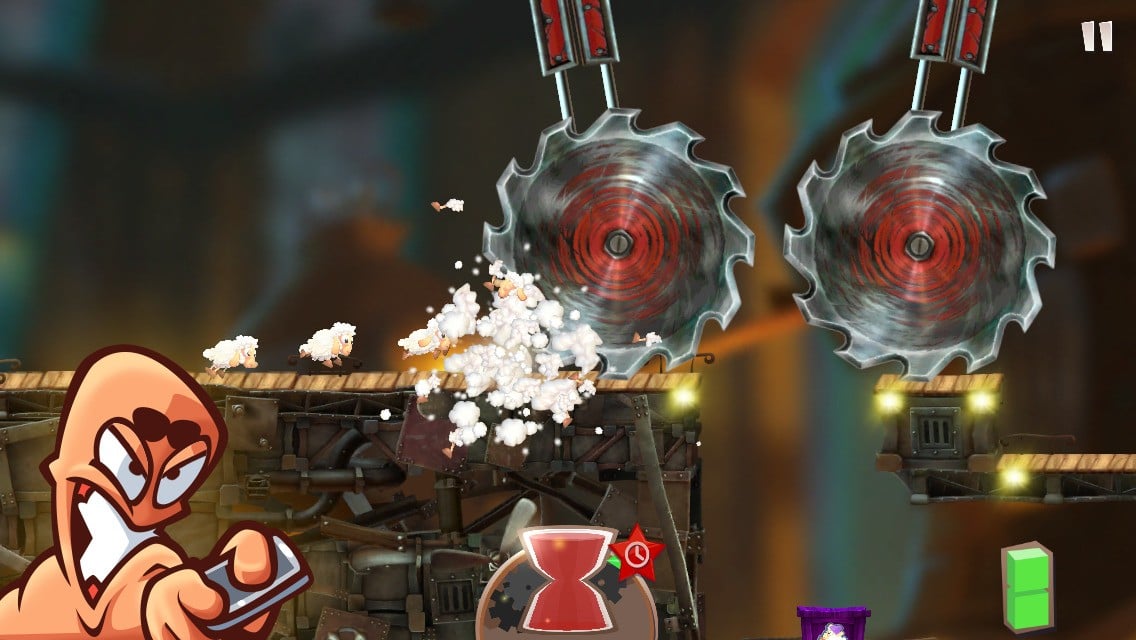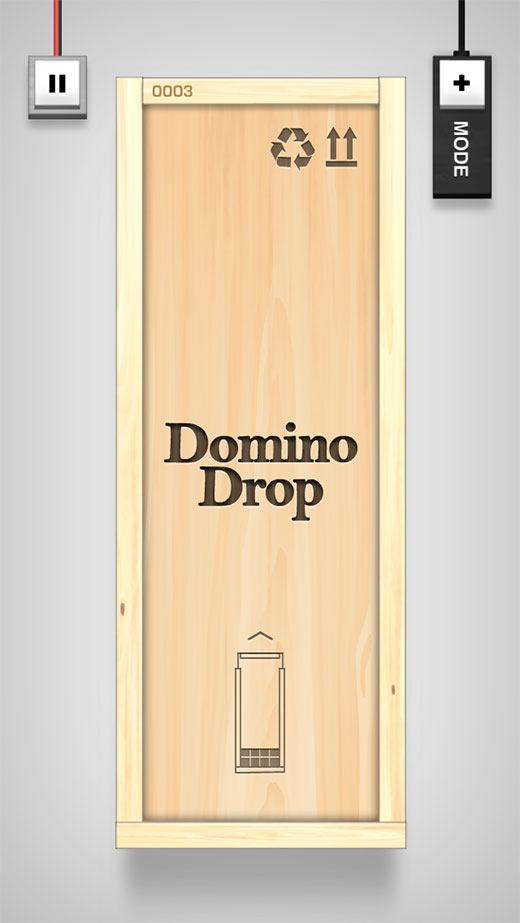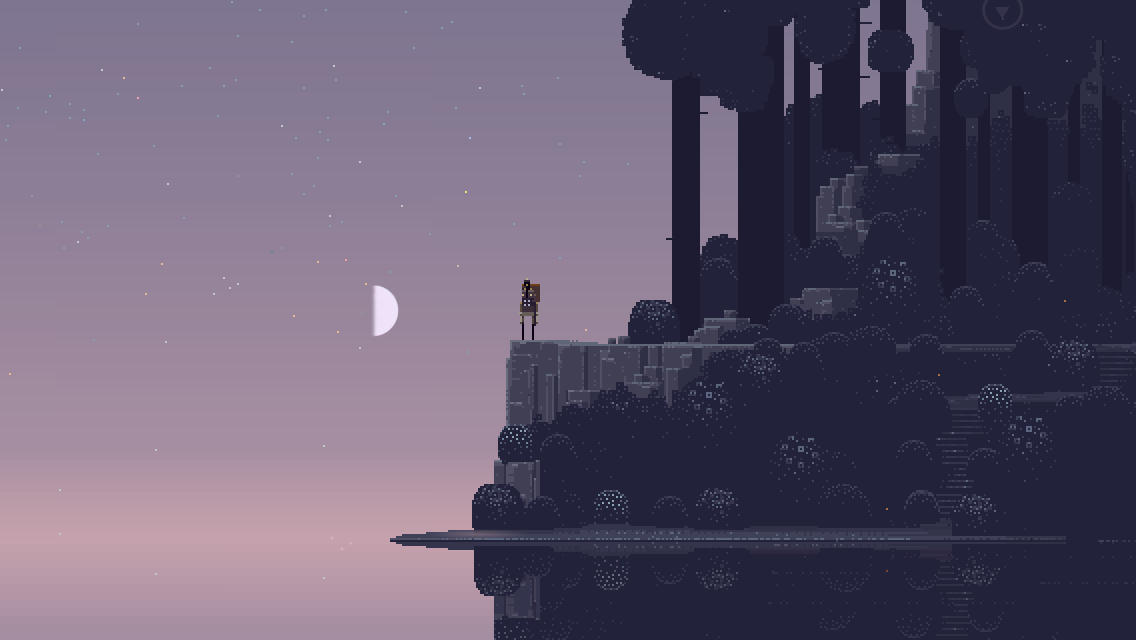- Wondering how to get Monopoly GO! free rolls? Well, you’ve come to the right place. In this guide, we provide you with a bunch of tips and tricks to get some free rolls for the hit new mobile game. We’ll …
Best Roblox Horror Games to Play Right Now – Updated Weekly
By Adele Wilson
Our Best Roblox Horror Games guide features the scariest and most creative experiences to play right now on the platform!The BEST Roblox Games of The Week – Games You Need To Play!
By Sho Roberts
Our feature shares our pick for the Best Roblox Games of the week! With our feature, we guarantee you'll find something new to play!Type Soul Clan Rarity Guide – All Legendary And Common Clans Listed!
By Nathan Ball
Wondering what your odds of rolling a particular Clan are? Wonder no more, with my handy Type Soul Clan Rarity guide.
Domino Drop Review: Falling Blocks, Fixed Positions
Vitaliy Zlotskiy’s Pair Solitaire was easily one of my favorite games of 2014. It was, to the best of my understanding, Zlotskiy’s first release — and certainly reason enough to name his as one of the best new mobile game studios …

Vitaliy Zlotskiy’s Pair Solitaire was easily one of my favorite games of 2014.
It was, to the best of my understanding, Zlotskiy’s first release — and certainly reason enough to name his as one of the best new mobile game studios of that year. Pair Solitaire took something familiar (a standard deck of cards) and created a new solitaire game that was so simple, yet so brilliant, that it was hard to believe it hadn’t been around for hundreds of years prior.
Zlotskiy’s sophmore effort, Domino Drop, follows the same “take something we all know and reinvent it” formula, though the thing it takes isn’t what you might guess from the title.
![screen1136x1136[1] screen1136x1136[1]](https://www.gamezebo.com/wp-content/uploads/2021/08/screen1136x1136143-5.jpeg)
Domino Drop is a falling-blocks-meets-match-3 game that does away with the one genre staple that seems hard to live without: rotating, flipping, and switching pieces. What you see at the top of the board is what you get — nothing more, nothing less. If it’s a vertical domino with a “5” on top and a “3” on the bottom, you’d better start looking for an open 3 to match it to.
During my first few rounds, the game’s limitations proved to be a rather frustrating experience. Other cracks in the armor seemed to shine through fairly early as well. Those domino pieces? Completely unecessary. These could just as easily have been colored blocks (and the developer even seems to acknowledge that, color-coding each numbered side to make them more readily identifiable).
But everything that initially bothered me about Domino Drop quickly revealed its inner charm.

The inability to flip or rotate pieces? That created a wonderfully different sense of challenge. Instead of trying to make piecess “fit,” I had to think about the best-case scenario. And because the falling pieces never actually fall (they sit at the top of the box, waiting for you to release your finger), there’s no time-constraint rushing you to make the wrong move. There’s breathing room to think here, and all of a sudden that teaser next-piece matters a hell of a lot more than it ever did in Tetris.
And the fact that the domino could just as easily have been a colored block? That’s not a weakness of Domino Drop’s gameplay — it’s a strength of its presentation. If the minimalist approach worked wonder for Zlotskiy in Pair Solitaire, the enhanced minimalism in Domino Drop proves that he’s capable of creating elements with plenty of polish. The use of dominoes gives Domino Drop an overarching theme. The playing field you’re using? It started as a wooden domino container that you had to slide open with your finger to begin. It closes again when you’re done, screwing shut and stamping your score on the front, ready to share for all to see (if you so choose).

Other elements of the presentation are just as smooth. The score counter slides in from the side at the beginning, plugging into the box via USB. The music — a perfect mix of tracks that sound like the sort of music your grandparents might listen to at the retirement castle while playing dominoes with their neighbours — plays on a record player that you’ll only see if you visit the options menu.
Stylish doesn’t even begin to describe it.
But while the constraints and pacing do make Domino Drop a unique experience in the falling blocks/match-3 category, it’s still familiar enough that it doesn’t feel quite revolutionary. It’s an enjoyable experience once you’ve had a few rounds to get acquainted, but this doesn’t feel quite as unique or engaging as Pair Solitaire did. That’s not necessarily a bad thing mind you — we can’t trap developers by their past work — but in following a similar design philosophy, it’s not hard to see where Zlotskiy finds his inspiration: in making the familiar unfamiliar.

In addition to the main game, there are two additional modes of note: Domino Drop Pro hides the next piece (but shows you its orientation), upping the game’s challenge even further; and Domino Drop Tails, a game focused on trying to clear out the white blocks (with the number you need to clear getting progressively higher each time).
If you’re looking for something a little different in the falling blocks category, or just want to see what comes after the brilliance that was Pair Solitaire, Domino Drop is an easy recommendation. It’s not as revolutionary as Zlotskiy’s first outing, but it doesn’t fail to satisfy.

The good
- Inability to rotate or flip pieces creates fewer options, but forces fresher strategies.
- The aesthetic could best be described a "minimalism, perfected"
- Different gameplay modes help adjust the level of challenge.

The bad
- Some may find the game's piece-movement constraints too restrictive.
- Additional modes lack tutorials.
More articles...
Monopoly GO! Free Rolls – Links For Free Dice
By Glen Fox
Wondering how to get Monopoly GO! free rolls? Well, you’ve come to the right place. In this guide, we provide you with a bunch of tips and tricks to get some free rolls for the hit new mobile game. We’ll …Best Roblox Horror Games to Play Right Now – Updated Weekly
By Adele Wilson
Our Best Roblox Horror Games guide features the scariest and most creative experiences to play right now on the platform!The BEST Roblox Games of The Week – Games You Need To Play!
By Sho Roberts
Our feature shares our pick for the Best Roblox Games of the week! With our feature, we guarantee you'll find something new to play!Type Soul Clan Rarity Guide – All Legendary And Common Clans Listed!
By Nathan Ball
Wondering what your odds of rolling a particular Clan are? Wonder no more, with my handy Type Soul Clan Rarity guide.







